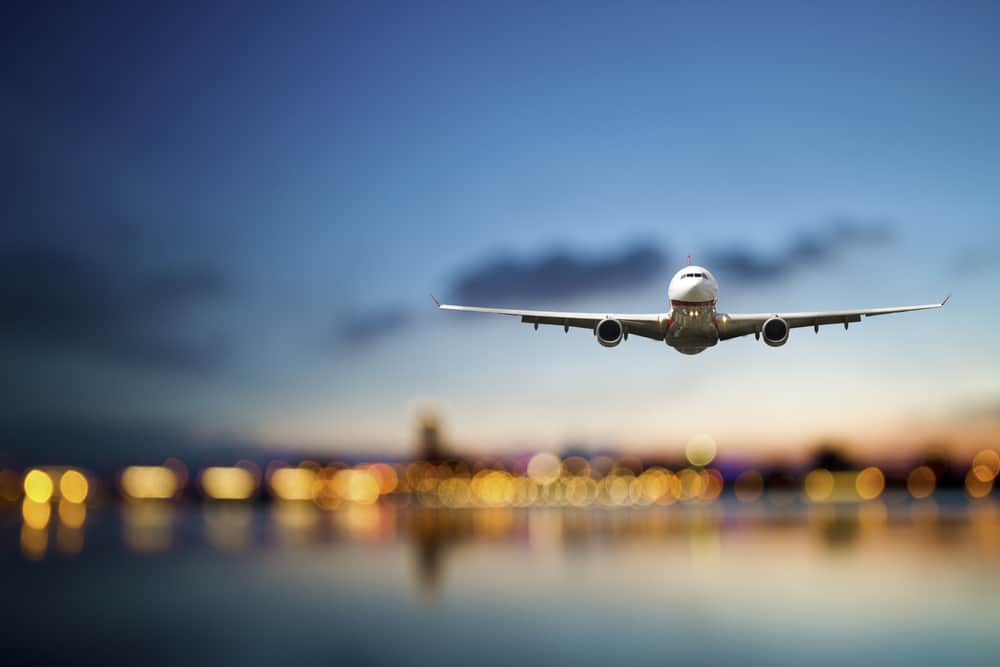After more than two years of pandemic travel restrictions, airlines are deploying their most expensive product to entice high-paying customers to fork out more money for more room on board.
Singapore Airlines recently launched its most luxurious first-class suites in some of its key long-haul markets, complete with a bed, a swivel chair, a 32-inch touch screen, and an orchid-adorned desk. There are two bathrooms for the six passengers, and each of the suites is nearly 5 square metres in size.
After two years of pandemics and lockdowns that shattered travel demand, it’s a bet that travellers are willing to pay for premium cabins. Other airlines have also similarly redesigned their premium cabins. As a result of the pandemic, they could complete several renovations more quickly.
For a mid-April departure, a roundtrip Singapore Airlines first-class suite ticket from Sydney to London with a stopover in Singapore costs $17,804.92 in total, including taxes. At $12,576.04, a business-class seat on the A380 that converts to a 1.98cm bed is available for the same travel dates. The superjumbo plane’s upper deck houses both cabins.
Airlines from all over the world seek to take advantage of this new trend. With new difficulties, including a labour shortage, rising fuel prices, new Covid-19 variants, and Russia’s war on Ukraine at their heels, it’ll be critical for airlines to get back on track.
Airline companies have been looking for new ways to upsell passengers on more spacious seats, whether for first-class suites, new business class seats, or premium economy seats, which are larger and feature more amenities than standard economy seats.
Despite a 40% drop in corporate travel demand, so-called “luxury leisure travellers” are crucial for additional revenue.
Airlines aim for higher margins which are significantly higher in the premium products.
As several countries worldwide have loosened or removed all restrictions on Covid travel, airlines are betting on long-haul travel. Major airlines are also building up their schedules in anticipation of a busy northern summer, repurposing some of their largest jetliners previously reserved for domestic flights to serve as a pandemic remedy on international routes with significantly higher ticket prices.
With the rise in jet fuel prices and the uncertainty surrounding Russia’s conflict in Ukraine, airlines have a less margin for error. Russia’s airspace bans have also forced some airlines to fly longer routes to avoid the country.
Is it possible for airlines to continue their strategies to win high fare paying customers in light of these new hurdles and the expectation to pass substantial amounts of increasing fuel costs on to passengers?

